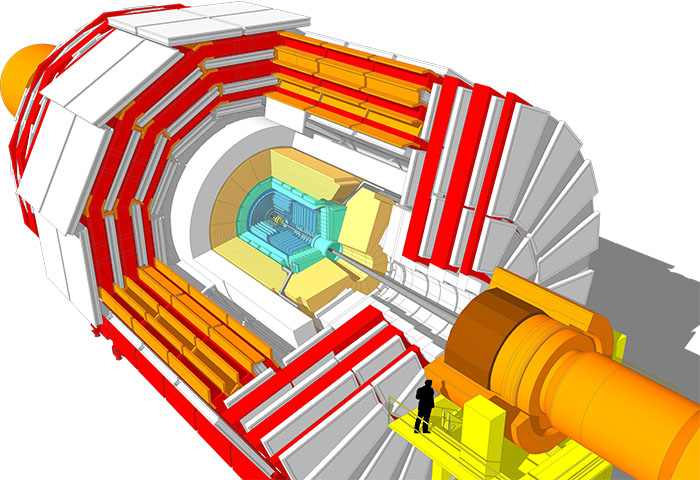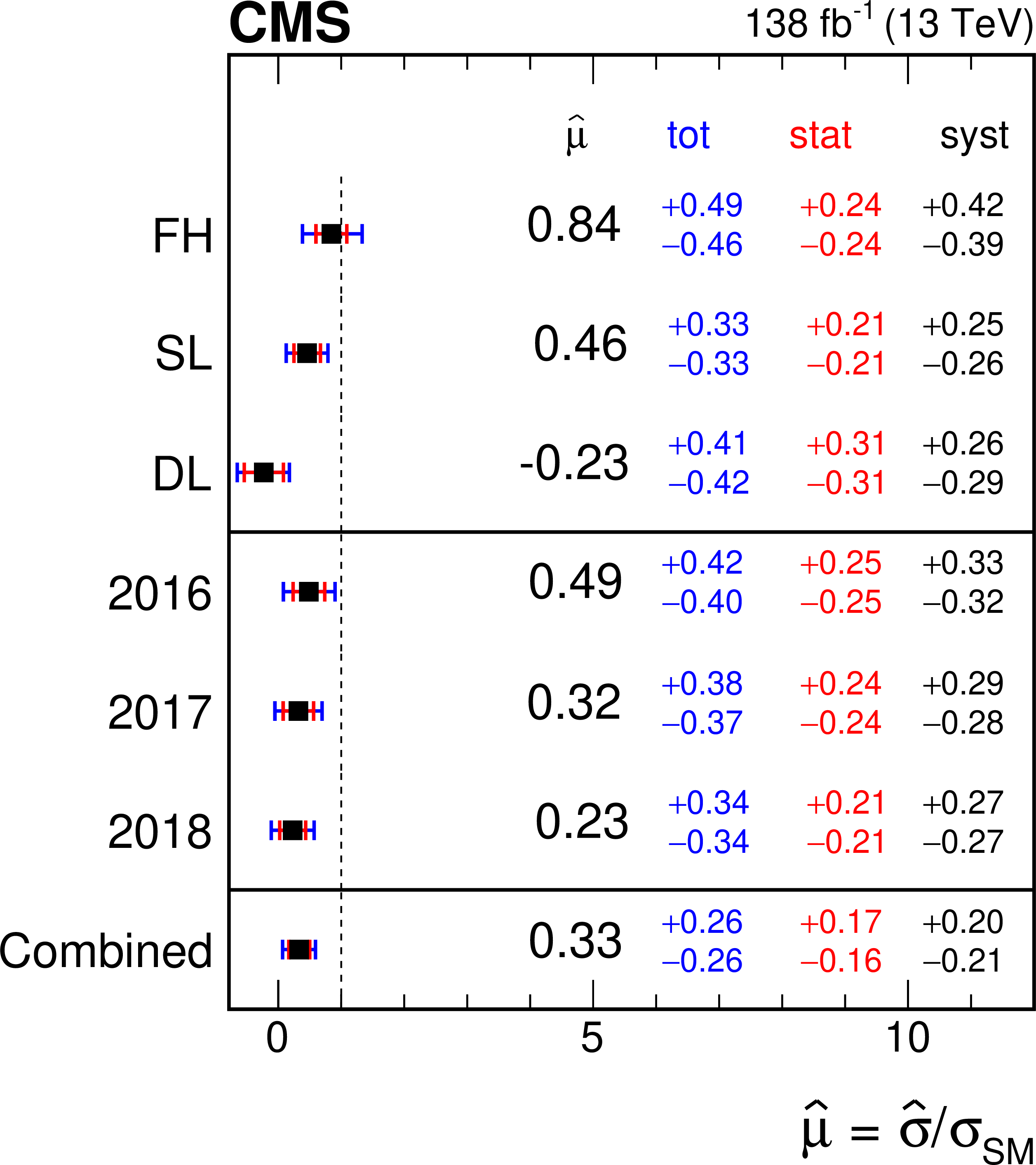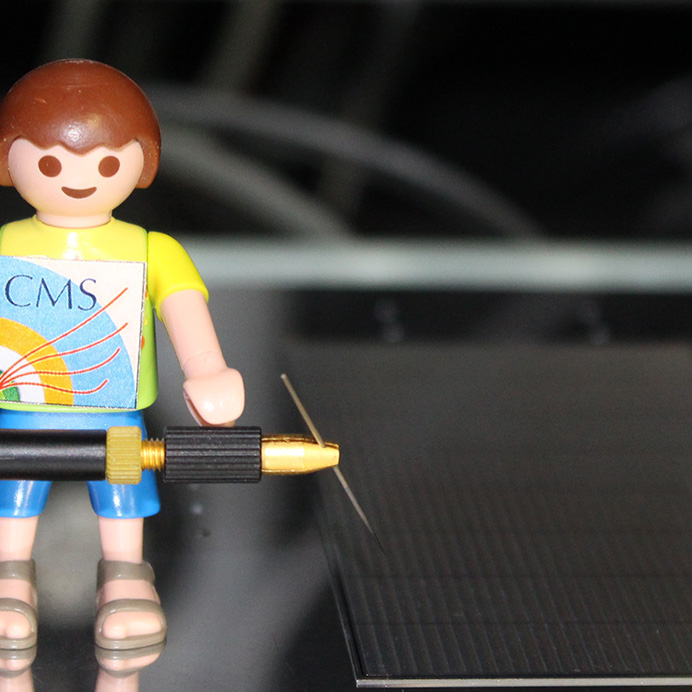Research Activities at KIT
The research in my former group at KIT is focused on particle physics at hadron colliders. The group participates in the CMS experiment at the Large Hadron Collider (LHC). The LHC is located at CERN, the European Laboratory for Particle Physics, and is currently the largest and most powerful particle accelerator in the world.
My former group is involved in CMS data analysis as well as the upgrade of the CMS tracking detectors. We are also applying our expertise in detector systems to medical applications, primarily in radiotherapy.
Selected Publications Public Talks



